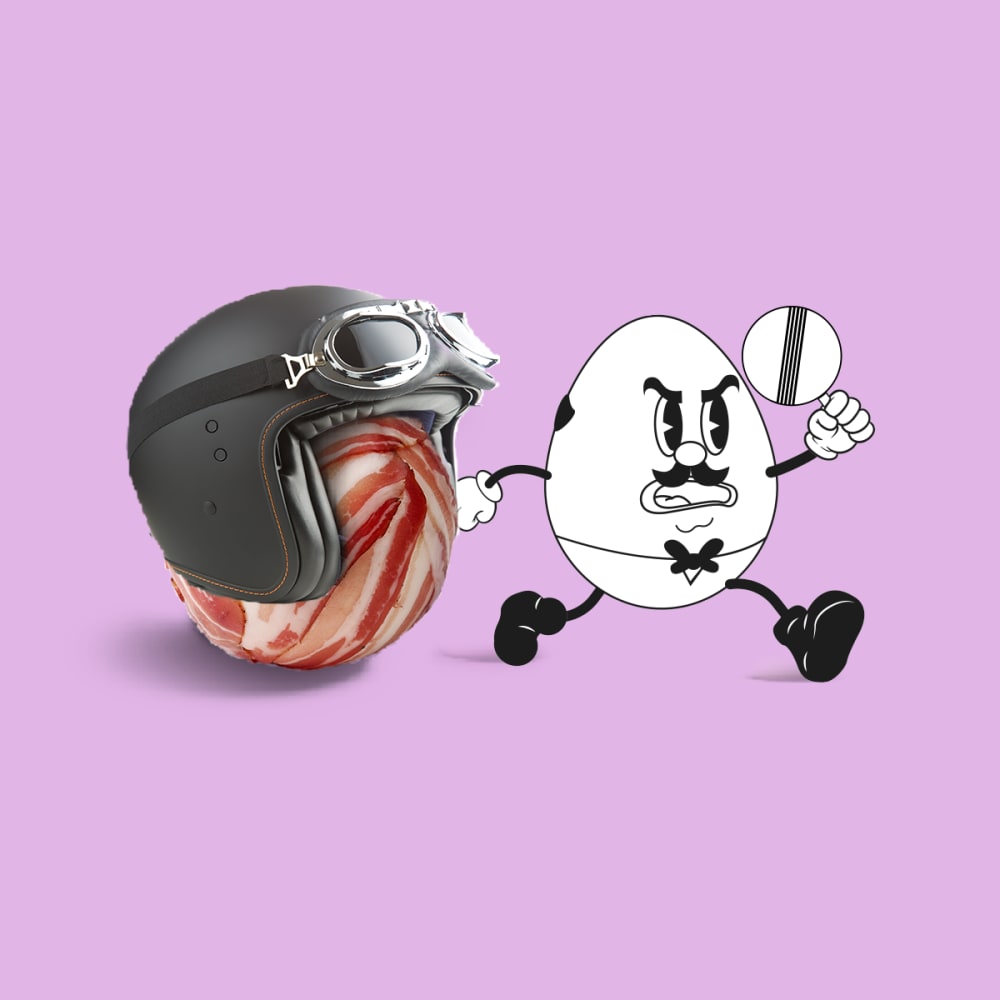Four tips on how to speed up Kjeldahl digestion: step-by-step by Eggcule Poirot

Chapter 31
? Workshop overview: The food detectives realize they often recommend NIR technology as the fastest method for quality control. But for those customers who need reference methods, such as fat extraction and Kjeldahl for protein determination, speed is also of tremendous importance. Here, Eggcule Poirot offers 4 tips on how to speed up the Kjeldahl digestion step and save the valuable time of their customers.
One year after launching their food analysis agency, the food detectives are doing a performance review together at the office. One point of concern is that for customers that require fast food analytics, the food detectives immediately resort to NIR technology over reference methods. Although wet lab techniques could never match the speed of NIR, there are ways to speed up standard methods, such as fat extraction and Kjeldahl.
In fact, the food detectives just held a workshop on how to save time in fat extraction. What was obviously missing was the Kjeldahl method. Since this technique is a multi-step process, Eggcule Poirot offers to lead the workshop, but to focus on each step at a time.
Shallot Holmes and the rest readily agree with the idea. So, Eggcule Poirot consults the Kjeldahl Knowledge Base, and his cue cards on Kjeldahl method optimization before he addresses his colleagues.
He decides that since they’ve discussed the Kjeldahl method before, he wants to get down to the nitty gritty and just offer 4 tips on how to speed up the Kjeldahl digestion step.
1. A number of catalysts help accelerate the Kjeldahl digestion process and to increase recoveries. Typical catalysts, such as mercury, selenium, titanium and copper increase the efficiency and speed of the digestion process. Mercury and selenium are highly toxic, so they are typically avoided. Titanium and copper are the main components of Kjeldahl Tablets.
Titanium and copper are recommended as catalysts due to their lox toxicity and high efficiency.
2. The speed of a chemical reaction, such as Kjeldahl digestion, also depends on the temperature. Generally, the reaction rate doubles with every 10°C increase in temperature. It is, however, not possible to heat the digestion mixture above its boiling point only by increasing the heating temperature. To increase the boiling point of sulfuric acid (about 335°C), it is necessary to add inert salts, such as potassium sulfate (K2SO4) and sodium sulfate (Na2SO4).
Potassium sulfate increases the boiling point of the digestion mixture by around 6°C more than sodium sulfate. Potassium sulfate also decreases the risk of crystallization.
Eggucle Poirot carefully points out that during the Kjeldahl digestion process, the sulfuric acid evaporates and changes the salt/acid ratio, which leads to even higher temperature. The boiling temperature should never exceed 380°C, as a temperature of 390°C or higher nitrogen losses can occur due to a possible transformation of ammonia into elemental nitrogen gas (N2).
3. The oxidative power of hydrogen peroxide often leads to substantial reductions in Kjeldahl digestion time and foaming during digestion. The food detectives are also told that the digestion of milk using Kjeldahl Tablets for example needs 120 minutes digestion time compared to 30 minutes if hydrogen peroxide is added via the capillary funnels of the H2O2 suction module as an oxidant.
To increase oxidative power of the digestion step and to speed it up, H2O2 can be added via capillary funnels.
4. A technical aspect to consider when performing Kjeldahl digestion is the time needed to heat up the digestor to operation temperature. For example, a SpeedDigester needs only 10 to 15 minutes, whereas other block digesters need up to 60 minutes to reach operating temperature. Investing into a quicker IR digester or block digester could lead to substantial time savings.
Reducing the heat-up time of the digester impacts the overall duration of the whole Kjeldahl process.
The food detectives get through these tips quickly and easily. Their time is also of importance! They are happy to apply these ideas to their next Kjeldahl case and readily jump into the next adventure. What type of speedy quality control challenge will the detectives stumble upon next?